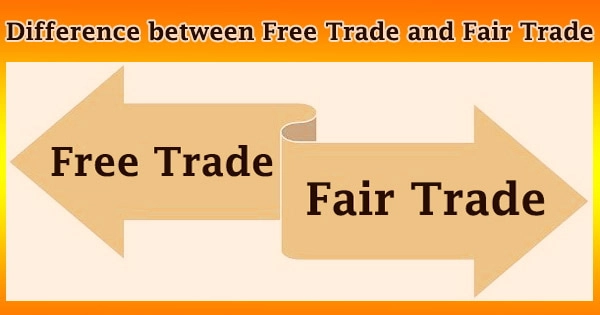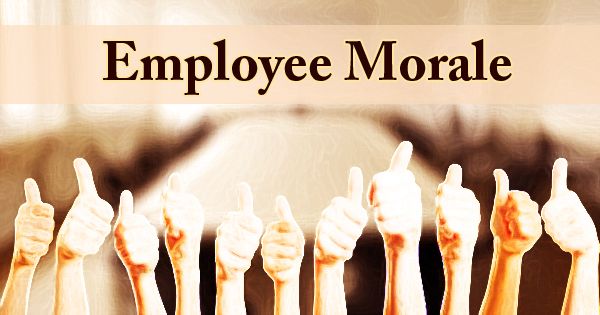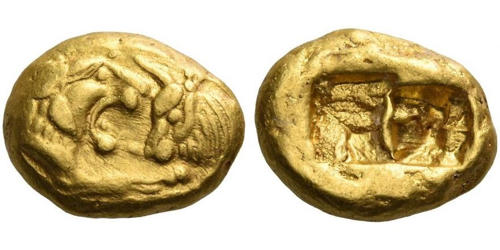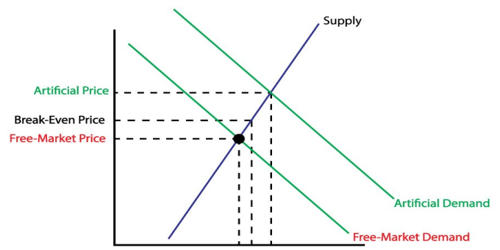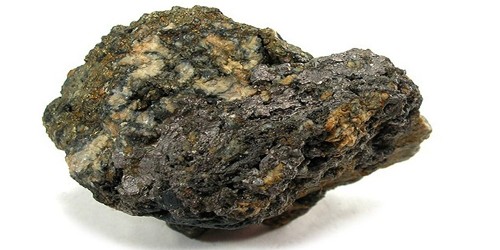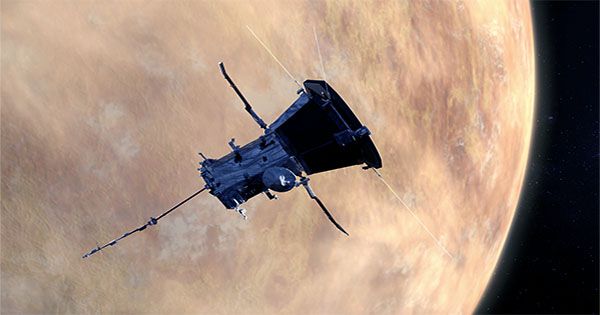Purchasing and selling things is referred to as trade, but buying and selling goods globally is referred to as import and export. In passing, the terms “fair trade” and “free trade” appear to be equivalent. For farmers and producers in the Global South, however, free trade and fair trade are vastly different.
It’s critical to comprehend them both. As the term implies, free trade is the unrestricted flow of goods, services, labor, and capital across national borders, free of government interference in the name of economic or regulatory barriers. While free trade improves the efficiency of global markets by enhancing economic development and lowering the cost of goods, it also has drawbacks.
Free trade is critical in a world where economies at all stages of development can find the answers they need and increase their competitiveness as they become more integrated into the global value chain. ‘Free trade’ is frequently contrasted with ‘fair trade.’ Many proponents of free trade argue that tariffs and subsidies should be eliminated, as well as rules and restrictions that prevent them from participating in particular activities.
In its most basic sense, the term “fair trade” refers to the purchasing and selling of goods and services in which producers are paid fairly, i.e. justly and equitably. It entails ensuring that the people who make these products and services are treated properly and that human rights are upheld along the supply chain.
Fair trade attempts to improve trading circumstances while simultaneously safeguarding the rights of marginalized groups by providing better pay, proper working conditions, and protection from child labor. It is an international social movement made up of a diverse network of producers, businesses, consumers, and organizations with the goal of improving environmental and labor standards.
Actually, there is no such thing as trade fairness because resource-rich economies must accept low export prices, implying that nations manufacturing consumer goods can only earn a small profit while retailers and wholesalers in the final markets reap the lion’s share of profits. Fair traders voice their dissatisfaction through private actions such as boycotts of products created using child labor and government legislation.
The points given below are substantial so far as the difference between free trade and fair trade is concerned:
Free Trade –
- The free trade ideology is made up of beliefs dedicated to lowering trade barriers between countries.
- Free trade focuses on lowering obstacles to trade and policies that benefit specific countries or businesses.
- Because there are multiple layers of intermediaries between the actual producers and consumers, the structure of the free trade supply chain is highly intricate.
- The main goal for free trade is to increase a nation’s growth.
- Free trade reduces the overhead expenses and thus the final cost of goods.
- Economists believe that free trade has the lowest overhead in the production process, resulting in lower prices that are not regulated by the government.
- Countries lower tariffs, quotas, and regulatory trade barriers to achieve free trade.
- Exchanging commodities and services across borders is relatively unrestricted in a free trade economy. In most circumstances, free trade between countries is devoid of subsidies, tariffs, quotas, or regulations.
- Firms active in the import and export of goods in member nations gain from free trade.
- Because free trade primarily entails bilateral discussions between countries, the government is increasingly involved.
- Because there are several tiers of producers and consumers in free trade, the supply chain is complicated.
Fair Trade –
- Fair trade philosophy is based on a set of concepts dedicated to achieving just trading practices.
- Fair trade tends to encourage workers’ rights, excellent working conditions, and efforts to eliminate wage disparities between countries.
- While the suggested fair trade supply chain is thought to be simpler because it tries to connect genuine producers with customers directly,
- Fair trade’s major purpose is to empower and improve the lives of marginalized groups of people in communities.
- Fair trade improves net economic benefits, albeit at slightly higher prices.
- Fair trade, on the other hand, includes the additional price for fair labor, according to economists; thus, products and services are more expensive.
- Firms, on the other hand, shook hands with peasants and artisans to conduct fair trade, ensuring adequate funding and wage.
- However, in fair trade, firms work hand in hand with marginalized communities to ensure that favorable labor conditions and environmental aspects are addressed.
- Fair trade promotes working communities, such as peasants and craftsmen who lack access to economic and social possibilities.
- Fair trade, on the other hand, involves small business traders and the communities.
- Because of direct partnerships that cater for the needs of specific communities, the supply chain in fair trade is also straightforward and easy.
Although free and fair trading procedures appear to be comparable to most people, their contrasts surpass the few similarities they share. Both are measures for regulating the industry and ensuring healthy competition among the major companies. To exist, the global economy must ensure that things transit smoothly around the world on a daily basis.
Actually, there is no such thing as trade fairness because resource-rich economies must accept low export prices, implying that nations manufacturing consumer goods can only earn a small profit while retailers and wholesalers in the final markets reap the lion’s share of profits. In general, free trade is a treaty that states that member countries can import and export goods without tariffs or other non-tariff trade restrictions.
Fair trade, on the other hand, is all about treating workers fairly in terms of price, working conditions, sustainability, and trade terms. The optimum situation for a flourishing economy is for free and fair trade to coexist. The majority of countries rely on a combination of these two trading methods.
